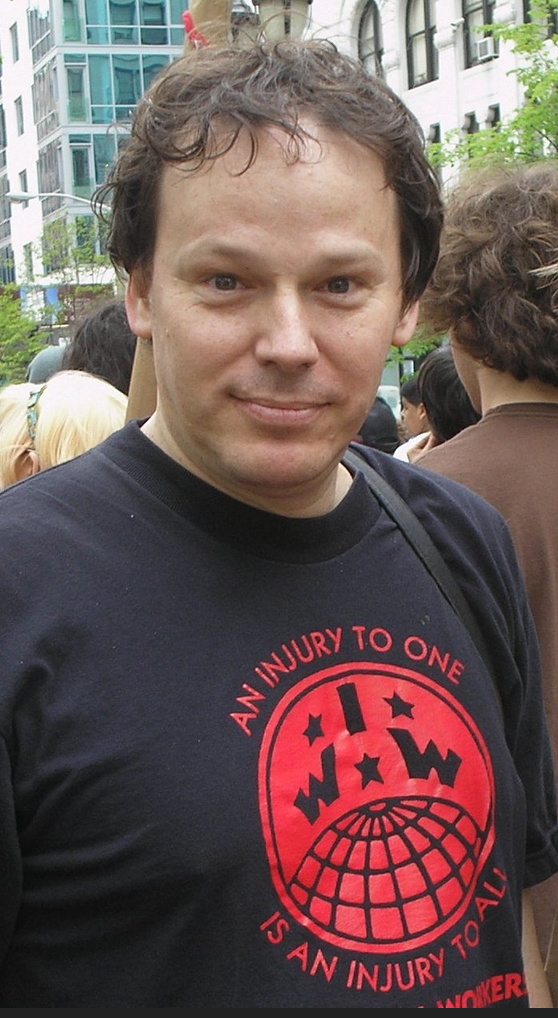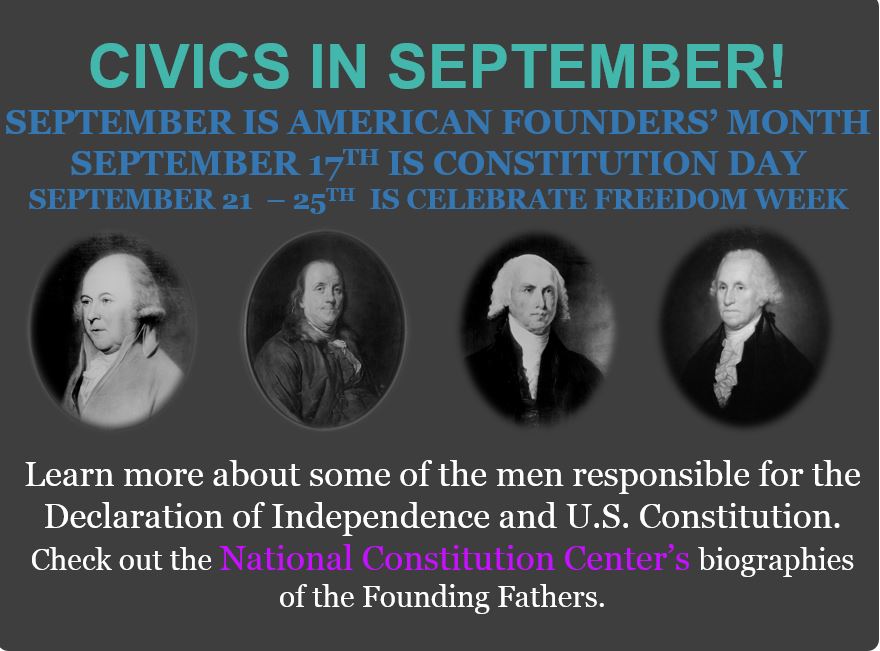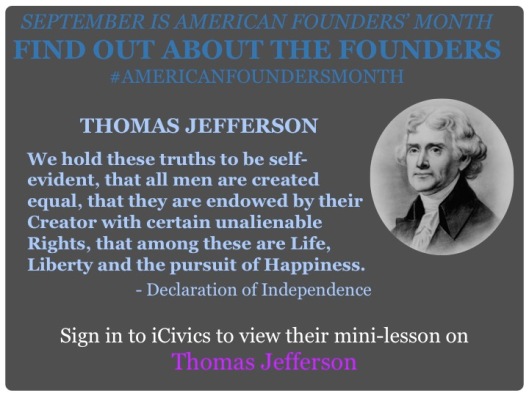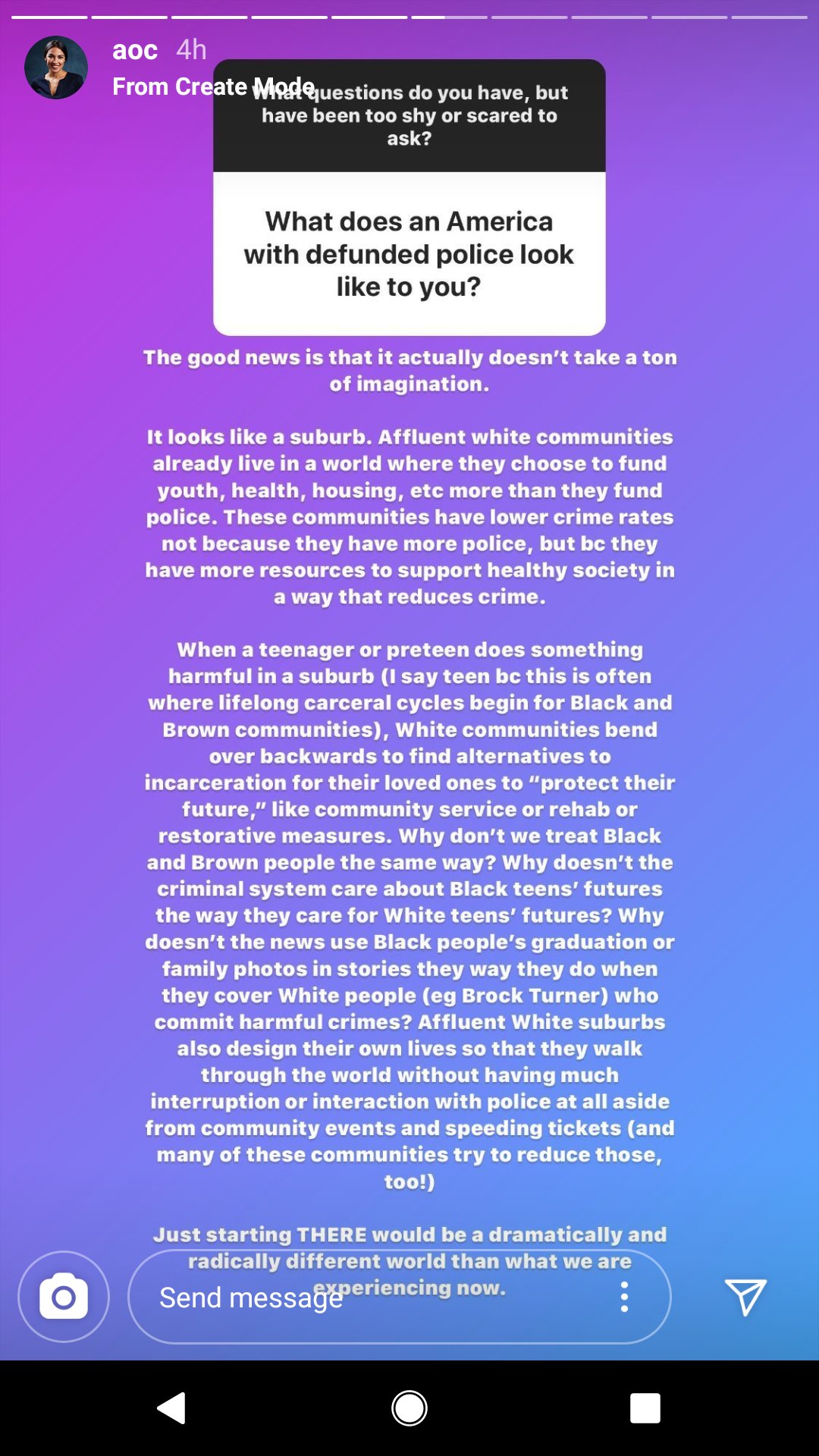If you’re participating in the American Political Science Association’s virtual annual meeting this year, there’s a Roundtable on Facilitating Civic Engagement Research
(Sep 9 – 4:00 pm – 5:30 pm EDT) with Richard Davis, Mary Currin-Percival, Eitan Hersh, Diana Owen, Stella Rouse, and me.
“Civic engagement research” can mean research about civic engagement, which is my main job. Such research can be empirical, asking what causes various people to engage (or not) in various ways, and what their engagement accomplishes. Or it can be normative, asking what makes engagement good or bad, a right or a duty.
I am also interested in research that is done in a civically engaged way. Amy Cabrera Rasmussen, Valeria Sinclair Chapman, and I direct the APSA’s Institute for Civically Engaged Research as an annual seminar for political scientists who want to learn to work in an engaged way.
One conclusion I take away from ICER so far is that there’s a robust debate about what defines civically engaged research.
One kind of definition is methodological. On this view, you are doing civically engaged research if you form a research partnership with a group or network of people outside academia and frame your questions, collect and analyze your data, and disseminate the results together with the partner. This definition is content-neutral and not necessarily connected to any particular ideal or agenda. Perhaps entering a partnership simply helps you to generate certain kinds of knowledge and insight.
A different definition is about solidarity. The civically engaged researcher conducts research as a way of being part of some group, or a strong ally of it. The group in question might be demographic, but not necessarily. Sometimes, for example, researchers express solidarity and membership in the geographical community where they work. This definition can be methodologically neutral–you’d be a civically engaged researcher if you do your research as a Chicagoan, regardless of whether you use ethnography or multivariate regression or any other method.
A third definition suggests efforts to make research influential–to connect research directly to public conversations, policy analysis and advocacy, or trainings and program evaluations. This definition encompasses efforts that begin inside academia, whether or not they involve partners. One of many such examples would be the Center for Inclusive Democracy, on whose advisory board I sit. They produce research studies, policy briefs, a tool for citing polling locations, datasets and maps, and public presentations. Tisch College’s new Center for State Policy Analysis also fits this model, or Tufts’ Equity Research Group.
CIRCLE, which I directed for seven years, has bridged these definitions to some degree. CIRCLE has formed many specific research partnerships with grassroots groups. Its original board consisted of scholars and practitioners who represented a nascent theory/practice community for youth civic engagement. Some of them identified as “youth,” which means they belong to CIRCLE’s population of interest. CIRCLE has always employed at least one key staff person whose main responsibility is to develop and tend partnerships. At the same time, CIRCLE began in academia, with political scientists as its first two directors; and some of its work has been relatively detached empirical social science meant to affect the world.
See also: civically engaged research in political science #APSA2019; engaged political science; scholarship on engaged scholarship; and Apply for the Second Annual APSA Institute for Civically Engaged Research (ICER) at Tufts University’s Tisch College, June 15-18, 2020

 The death of activist/anthropologist David Graeber last week was a cruel loss in these already-difficult times. Graeber was only 59....he clearly had many more dazzling books ahead of him....and those of us questing for system-change as multiple crises converge, took great inspiration from his thinking.
The death of activist/anthropologist David Graeber last week was a cruel loss in these already-difficult times. Graeber was only 59....he clearly had many more dazzling books ahead of him....and those of us questing for system-change as multiple crises converge, took great inspiration from his thinking. 

 Completely revamped in response to the COVID-19 pandemic, TPC is pleased to announce that we are ready to offer on-line courses:
Completely revamped in response to the COVID-19 pandemic, TPC is pleased to announce that we are ready to offer on-line courses:











 Voting Rights
Voting Rights